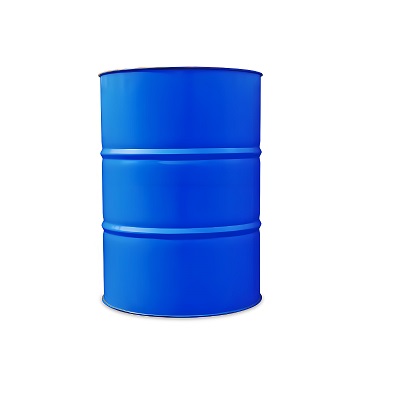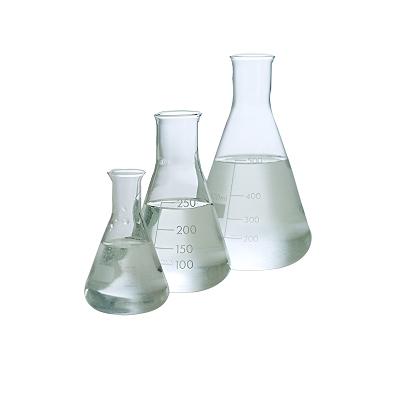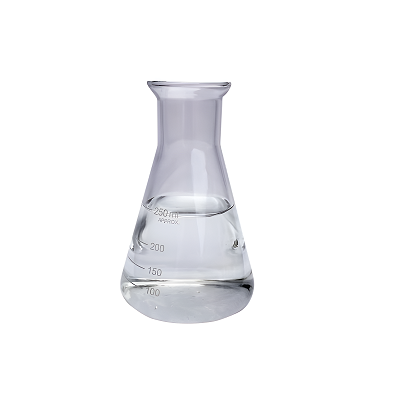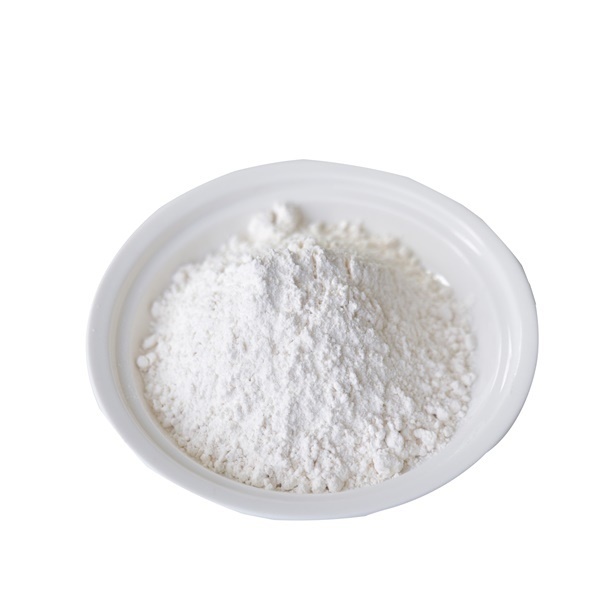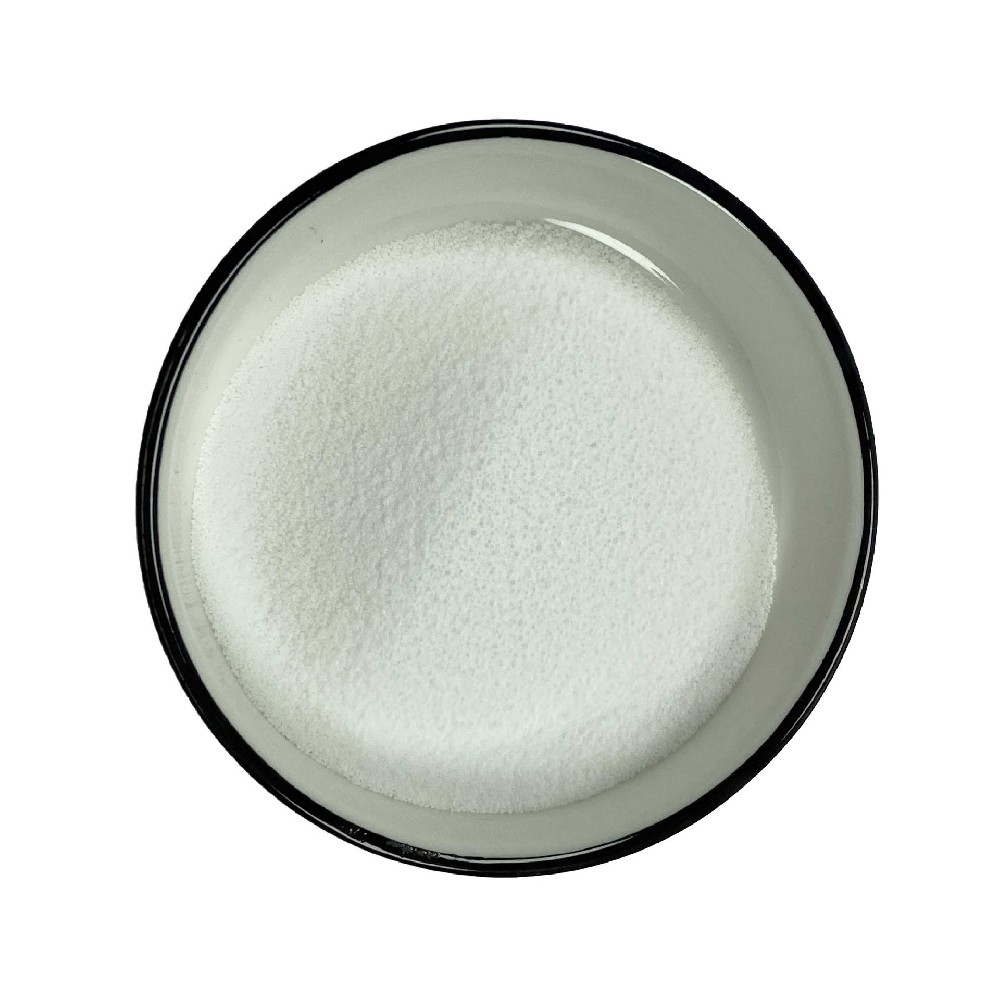

Propylene glycol CAS 57-55-6
——————
CAS number : 57-55-6
molecular formula : C3H8O2
EINECS : 200-338-0
——————
Email : info@deshangchem.com
Mobile : +86-13153039501
TEL : +86-531-88752665
CAS number:57-55-6
molecular formula:C3H8O2
molecular weight:76.09
EINECS number:200-338-0
English synonyms
PROPYLENEGLYCOL, REAGENT (ACS)PROPYLENEGLYCOL, REAGENT (ACS)PROPYLENEGLYCOL, REAGENT (ACS);Propyledne glycol;Glycerol Impurity 3(Glycerol EP Impurity C);Propylene glycol 57-55-6;Propyleneglycol Manufacturer;1,2-PROPANEDIOL, GR ACS 99.5%;PROPYLENEGLYCOLTECHGRADE;Propylene Glycol, Reagent
Related categories
Pharmaceutical raw materials;Organic chemicals;Organic solvents;Alcohols;Cosmetic standards;Gas chromatography standards (color scale);Pesticide intermediates;Triazole fungicides;Bactericide intermediates;Solvents and cosolvents;Organic and inorganic chemicals;Food processing Auxiliaries; food additives; stabilizers and coagulants; electronic cigarette oil; industrial raw materials; pharmaceutical excipients; biochemical reagents; chemical reagents; intermediates; organic chemical raw materials; inorganic salts; chemical products-organic chemical industry; chemical products-organic Solvents;Organic chemical raw materials;acidity regulators;solvents;chemical raw materials;alcohols;organic alcohols;INORGANIC & ORGANIC CHEMICALS;other oxygenated compounds;alcohol chemicals;analytical standards;general reagents;other biochemical reagents;Medicine grade; Inorganic compounds and salts; biochemistry; organic chemistry; reference substances; moisture retention agents; emulsifiers; organic raw materials; chemical raw materials-1; chemical industry; main products; pharmaceuticals, pesticides and dye intermediates; chemical materials; resins; organic chemical raw materials -Alcohols; Cosmetic Raw Materials; Propylene Glycol; Organic Chemical Raw Materials; Other Raw Materials and Intermediates; Monomer Fragrance; Cell-Cell Lines; Pharmaceutical Raw Materials; ;Chemical solvents;Organic intermediates;Organic chemical products;Basic organic reagents;Technical pesticides;Biological buffer series;Other organic fine chemical raw materials;Antioxidants;Organic raw materials;57-55-6
Introduction
Propylene glycol scientific name "1,2-propanediol". Chemical formula CH3CHOHCH2OH. Molecular weight 76.10. There is one chiral carbon atom in the molecule. The racemate is a hygroscopic viscous liquid with a slightly spicy taste. Specific gravity 1.036 (25/4°C), freezing point -59°C. Boiling point 188.2 ℃, 83.2 ℃ (1,333 Pa), miscible in water, acetone, ethyl acetate and chloroform, soluble in ether. Soluble in many essential oils, but immiscible with petroleum ether, paraffin and grease. It is more stable to heat and light, and more stable at low temperature. The boiling point of the levorotatory body is 187~189℃, and the specific optical rotation [α]D20-15.0°. Propylene glycol can be oxidized to propionaldehyde, lactic acid, pyruvic acid and acetic acid at high temperature.
Chemical properties
| Melting point | -60 °C (lit.) |
| Boiling point | 187 °C (lit.) |
| Density | 1.036 g/mL at 25 °C (lit.) |
| Vapour density | 2.62 (vs air) |
| Vapor Pressure | 0.08 mm Hg ( 20 °C) |
| Refractive index | n20/D 1.432(lit.) |
FEMA | 2940 | PROPYLENE GLYCOL |
| Flash point | 225 °F |
| Storage conditions | Store at +5°C to +30°C. |
| Solubility | Chloroform (Slightly), Ethyl Acetate (Slightly), Methanol (Slightly) |
| Shape | Viscous Liquid |
| Acidity coefficient(pKa) | 14.49±0.20(Predicted) |
| Specific gravity | 1.038 (20/20℃)1.036~1.040 |
| Color | APHA: ≤10 |
| pH value | 6-8 (100g/l, H2O, 20℃) |
Explosive limit | 2.4-17.4%(V) |
| Water solubility | miscible |
| Sensitive | Hygroscopic |
JECFA Number | 925 |
Merck | 14,7855 |
BRN | 1340498 |
InChIKey | DNIAPMSPPWPWGF-UHFFFAOYSA-N |
| CAS database | 57-55-6(CAS DataBase Reference) |
Colorless, viscous and stable absorbent liquid, almost tasteless and odorless. Miscible with water, ethanol and various organic solvents.
Use
● Used as a raw material for resins, plasticizers, surfactants, emulsifiers and demulsifiers, and also as antifreeze and heat carrier
● Used as gas chromatography fixative, solvent, antifreeze, plasticizer and dehydrating agent
● Carrier Solvents; Wetting Agents; Humectants; Anti-Caking Agents; Antioxidants; Texture Modifiers; Surfactants; Stabilizers; Thickeners; Dough Conditioners; Emulsifiers; GB 2760~96 are classified as food processing aids.
Mainly used as a solvent for various spices, pigments and preservatives, as an extraction solvent for vanilla beans, roasted coffee granules, natural spices, etc. Moisturizer and softener for candy, bread, packaged meat, cheese, etc. It can also be used as an anti-mildew additive for noodles and stuffing cores. Adding 0.006% to soymilk can make the flavor unchanged when heated, and make white and shiny packaged tofu, while frying will increase the volume.
● Propylene glycol is an intermediate for the fungicide difenoconazole.
● As a solvent, food additives that are insoluble in water such as preservatives, pigments, antioxidants can be dissolved in it, and then added to food; it has strong hygroscopicity, and has moisturizing and antifreezing effects on food. my country stipulates that it can be used in cakes, and the maximum usage is 3.0g/kg.
● Propylene glycol is an important raw material for unsaturated polyester, epoxy resin, and polyurethane resin. The consumption in this respect accounts for about 45% of the total consumption of propylene glycol. This unsaturated polyester is used in large quantities for surface coatings and reinforced plastics. Propylene glycol has good viscosity and hygroscopicity, and is non-toxic, so it is widely used as a hygroscopic agent, antifreeze agent, lubricant and solvent in the food, pharmaceutical and cosmetic industries. In the food industry, propylene glycol and fatty acids react to form propylene glycol fatty acid esters, which are mainly used as food emulsifiers; propylene glycol is an excellent solvent for condiments and pigments. Propylene glycol is commonly used in the pharmaceutical industry as a solvent, softener and excipient for the manufacture of various ointments and ointments. Because propylene glycol has good mutual solubility with various fragrances, it is also used as a solvent and softener for cosmetics. Propylene glycol is also used as a tobacco moisturizing agent, a mildew inhibitor, a lubricant for food processing equipment, and a solvent for food marking inks. Aqueous solutions of propylene glycol are effective antifreeze agents.
● As a drug carrier, granular pharmaceutical preparations. It can be used as a moisturizer, softener, solvent, etc. in cosmetics. In the tobacco industry, it can be used as tobacco flavor, tobacco moisturizing agent, preservative, etc. In the food industry, it is used as a solvent for flavor, food coloring, food packaging softener, food anti-sticking agent, etc. It can also be used for the production of unsaturated polyester resins, as well as plasticizers, dehydrating agents, surfactants, curing agents, and raw materials for binders. Can also be used in paints, pesticides, coatings and other industries
● Aviation deicing fluids, refrigerants and antifreezes, food and fragrances, fragrances, cosmetics and personal care products, heat transfer fluids, hydraulic and brake fluids, paints and coatings, pet food/animal feed, pharmaceuticals, polyurethane, unsaturated polyester resin, etc.
● Solvent, Organic Synthesis, Antifreeze, Plasticizer, Bactericide. Standard for Gas Chromatography. Gas chromatography stationary liquid (maximum temperature 150℃, solvent is chloroform), separate and analyze alcohols, esters and ketones, etc.
Production method
● 1. The direct hydration method of propylene oxide is a pressurized non-catalytic hydrolysis method. It is prepared by direct hydration of propylene oxide and water at 150-160°C and 0.78-0.98MPa pressure, and the reaction product is evaporated and rectified to obtain the finished product. 2. Indirect hydration of propylene oxide It is prepared by indirect hydration of propylene oxide and water with sulfuric acid as a catalyst. 3. Direct catalytic oxidation of propylene.
● It can be obtained by hydrolysis of propylene oxide:
CH3CHCH2+H2O[H+]→CH3CH(OH)CH2OH
direct hydration
Propylene oxide and water are prepared in a molar ratio of 1:15, react at 150-200° C. and 1.2-1.4 MPa for 30 minutes to obtain an aqueous solution containing 16% propylene glycol, and the finished product is obtained by evaporation and rectification.
Catalytic hydrolysis
The reaction is carried out under the catalysis of sulfuric acid or hydrochloric acid. Add 0.5%-1.0% dilute sulfuric acid to 10%-15% propylene oxide aqueous solution, and hydrolyze at 50-70°C; the hydrolyzate is neutralized, concentrated under reduced pressure and refined to obtain the finished product.
● The preparation method is that propylene oxide is hydrolyzed into propylene glycol, which can be carried out in liquid phase, and there are catalytic method and non-catalytic method in industry. The catalytic method is to carry out hydrolysis in the presence of 0.5% to 1% sulfuric acid at 50 to 70°C.
The non-catalytic method is carried out under high temperature and pressure (150~300℃, 980~2940kPa), and this method is used in domestic production.
● It is produced by the reaction of propylene with chlorine water to generate 1-chloro-2-propanol. It is obtained by hydrolysis with sodium carbonate solution.
It is obtained by the oxidation of propane to propylene oxide and hydrolysis with hydrochloric acid.
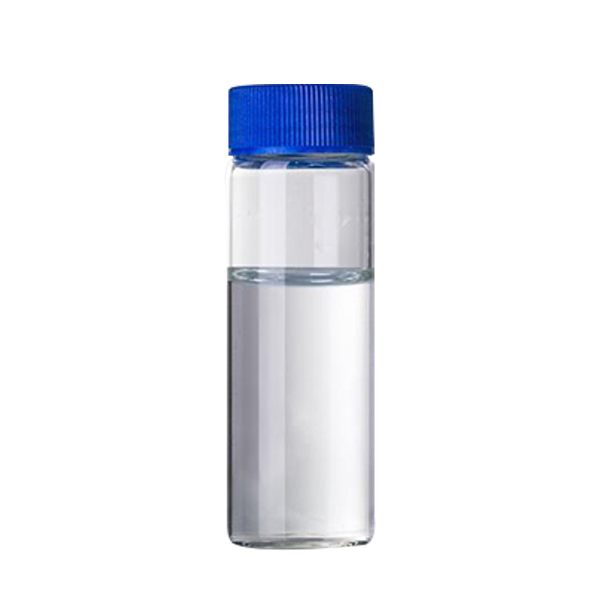
Propylene glycol CAS 57-55-6
CAS number:57-55-6
molecular formula:C3H8O2
molecular weight:76.09
EINECS number:200-338-0
English synonyms
PROPYLENEGLYCOL, REAGENT (ACS)PROPYLENEGLYCOL, REAGENT (ACS)PROPYLENEGLYCOL, REAGENT (ACS);Propyledne glycol;Glycerol Impurity 3(Glycerol EP Impurity C);Propylene glycol 57-55-6;Propyleneglycol Manufacturer;1,2-PROPANEDIOL, GR ACS 99.5%;PROPYLENEGLYCOLTECHGRADE;Propylene Glycol, Reagent
Related categories
Pharmaceutical raw materials;Organic chemicals;Organic solvents;Alcohols;Cosmetic standards;Gas chromatography standards (color scale);Pesticide intermediates;Triazole fungicides;Bactericide intermediates;Solvents and cosolvents;Organic and inorganic chemicals;Food processing Auxiliaries; food additives; stabilizers and coagulants; electronic cigarette oil; industrial raw materials; pharmaceutical excipients; biochemical reagents; chemical reagents; intermediates; organic chemical raw materials; inorganic salts; chemical products-organic chemical industry; chemical products-organic Solvents;Organic chemical raw materials;acidity regulators;solvents;chemical raw materials;alcohols;organic alcohols;INORGANIC & ORGANIC CHEMICALS;other oxygenated compounds;alcohol chemicals;analytical standards;general reagents;other biochemical reagents;Medicine grade; Inorganic compounds and salts; biochemistry; organic chemistry; reference substances; moisture retention agents; emulsifiers; organic raw materials; chemical raw materials-1; chemical industry; main products; pharmaceuticals, pesticides and dye intermediates; chemical materials; resins; organic chemical raw materials -Alcohols; Cosmetic Raw Materials; Propylene Glycol; Organic Chemical Raw Materials; Other Raw Materials and Intermediates; Monomer Fragrance; Cell-Cell Lines; Pharmaceutical Raw Materials; ;Chemical solvents;Organic intermediates;Organic chemical products;Basic organic reagents;Technical pesticides;Biological buffer series;Other organic fine chemical raw materials;Antioxidants;Organic raw materials;57-55-6
Introduction
Propylene glycol scientific name "1,2-propanediol". Chemical formula CH3CHOHCH2OH. Molecular weight 76.10. There is one chiral carbon atom in the molecule. The racemate is a hygroscopic viscous liquid with a slightly spicy taste. Specific gravity 1.036 (25/4°C), freezing point -59°C. Boiling point 188.2 ℃, 83.2 ℃ (1,333 Pa), miscible in water, acetone, ethyl acetate and chloroform, soluble in ether. Soluble in many essential oils, but immiscible with petroleum ether, paraffin and grease. It is more stable to heat and light, and more stable at low temperature. The boiling point of the levorotatory body is 187~189℃, and the specific optical rotation [α]D20-15.0°. Propylene glycol can be oxidized to propionaldehyde, lactic acid, pyruvic acid and acetic acid at high temperature.
Chemical properties
| Melting point | -60 °C (lit.) |
| Boiling point | 187 °C (lit.) |
| Density | 1.036 g/mL at 25 °C (lit.) |
| Vapour density | 2.62 (vs air) |
| Vapor Pressure | 0.08 mm Hg ( 20 °C) |
| Refractive index | n20/D 1.432(lit.) |
FEMA | 2940 | PROPYLENE GLYCOL |
| Flash point | 225 °F |
| Storage conditions | Store at +5°C to +30°C. |
| Solubility | Chloroform (Slightly), Ethyl Acetate (Slightly), Methanol (Slightly) |
| Shape | Viscous Liquid |
| Acidity coefficient(pKa) | 14.49±0.20(Predicted) |
| Specific gravity | 1.038 (20/20℃)1.036~1.040 |
| Color | APHA: ≤10 |
| pH value | 6-8 (100g/l, H2O, 20℃) |
Explosive limit | 2.4-17.4%(V) |
| Water solubility | miscible |
| Sensitive | Hygroscopic |
JECFA Number | 925 |
Merck | 14,7855 |
BRN | 1340498 |
InChIKey | DNIAPMSPPWPWGF-UHFFFAOYSA-N |
| CAS database | 57-55-6(CAS DataBase Reference) |
Colorless, viscous and stable absorbent liquid, almost tasteless and odorless. Miscible with water, ethanol and various organic solvents.
Use
● Used as a raw material for resins, plasticizers, surfactants, emulsifiers and demulsifiers, and also as antifreeze and heat carrier
● Used as gas chromatography fixative, solvent, antifreeze, plasticizer and dehydrating agent
● Carrier Solvents; Wetting Agents; Humectants; Anti-Caking Agents; Antioxidants; Texture Modifiers; Surfactants; Stabilizers; Thickeners; Dough Conditioners; Emulsifiers; GB 2760~96 are classified as food processing aids.
Mainly used as a solvent for various spices, pigments and preservatives, as an extraction solvent for vanilla beans, roasted coffee granules, natural spices, etc. Moisturizer and softener for candy, bread, packaged meat, cheese, etc. It can also be used as an anti-mildew additive for noodles and stuffing cores. Adding 0.006% to soymilk can make the flavor unchanged when heated, and make white and shiny packaged tofu, while frying will increase the volume.
● Propylene glycol is an intermediate for the fungicide difenoconazole.
● As a solvent, food additives that are insoluble in water such as preservatives, pigments, antioxidants can be dissolved in it, and then added to food; it has strong hygroscopicity, and has moisturizing and antifreezing effects on food. my country stipulates that it can be used in cakes, and the maximum usage is 3.0g/kg.
● Propylene glycol is an important raw material for unsaturated polyester, epoxy resin, and polyurethane resin. The consumption in this respect accounts for about 45% of the total consumption of propylene glycol. This unsaturated polyester is used in large quantities for surface coatings and reinforced plastics. Propylene glycol has good viscosity and hygroscopicity, and is non-toxic, so it is widely used as a hygroscopic agent, antifreeze agent, lubricant and solvent in the food, pharmaceutical and cosmetic industries. In the food industry, propylene glycol and fatty acids react to form propylene glycol fatty acid esters, which are mainly used as food emulsifiers; propylene glycol is an excellent solvent for condiments and pigments. Propylene glycol is commonly used in the pharmaceutical industry as a solvent, softener and excipient for the manufacture of various ointments and ointments. Because propylene glycol has good mutual solubility with various fragrances, it is also used as a solvent and softener for cosmetics. Propylene glycol is also used as a tobacco moisturizing agent, a mildew inhibitor, a lubricant for food processing equipment, and a solvent for food marking inks. Aqueous solutions of propylene glycol are effective antifreeze agents.
● As a drug carrier, granular pharmaceutical preparations. It can be used as a moisturizer, softener, solvent, etc. in cosmetics. In the tobacco industry, it can be used as tobacco flavor, tobacco moisturizing agent, preservative, etc. In the food industry, it is used as a solvent for flavor, food coloring, food packaging softener, food anti-sticking agent, etc. It can also be used for the production of unsaturated polyester resins, as well as plasticizers, dehydrating agents, surfactants, curing agents, and raw materials for binders. Can also be used in paints, pesticides, coatings and other industries
● Aviation deicing fluids, refrigerants and antifreezes, food and fragrances, fragrances, cosmetics and personal care products, heat transfer fluids, hydraulic and brake fluids, paints and coatings, pet food/animal feed, pharmaceuticals, polyurethane, unsaturated polyester resin, etc.
● Solvent, Organic Synthesis, Antifreeze, Plasticizer, Bactericide. Standard for Gas Chromatography. Gas chromatography stationary liquid (maximum temperature 150℃, solvent is chloroform), separate and analyze alcohols, esters and ketones, etc.
Production method
● 1. The direct hydration method of propylene oxide is a pressurized non-catalytic hydrolysis method. It is prepared by direct hydration of propylene oxide and water at 150-160°C and 0.78-0.98MPa pressure, and the reaction product is evaporated and rectified to obtain the finished product. 2. Indirect hydration of propylene oxide It is prepared by indirect hydration of propylene oxide and water with sulfuric acid as a catalyst. 3. Direct catalytic oxidation of propylene.
● It can be obtained by hydrolysis of propylene oxide:
CH3CHCH2+H2O[H+]→CH3CH(OH)CH2OH
direct hydration
Propylene oxide and water are prepared in a molar ratio of 1:15, react at 150-200° C. and 1.2-1.4 MPa for 30 minutes to obtain an aqueous solution containing 16% propylene glycol, and the finished product is obtained by evaporation and rectification.
Catalytic hydrolysis
The reaction is carried out under the catalysis of sulfuric acid or hydrochloric acid. Add 0.5%-1.0% dilute sulfuric acid to 10%-15% propylene oxide aqueous solution, and hydrolyze at 50-70°C; the hydrolyzate is neutralized, concentrated under reduced pressure and refined to obtain the finished product.
● The preparation method is that propylene oxide is hydrolyzed into propylene glycol, which can be carried out in liquid phase, and there are catalytic method and non-catalytic method in industry. The catalytic method is to carry out hydrolysis in the presence of 0.5% to 1% sulfuric acid at 50 to 70°C.
The non-catalytic method is carried out under high temperature and pressure (150~300℃, 980~2940kPa), and this method is used in domestic production.
● It is produced by the reaction of propylene with chlorine water to generate 1-chloro-2-propanol. It is obtained by hydrolysis with sodium carbonate solution.
It is obtained by the oxidation of propane to propylene oxide and hydrolysis with hydrochloric acid.
Team Presentation

